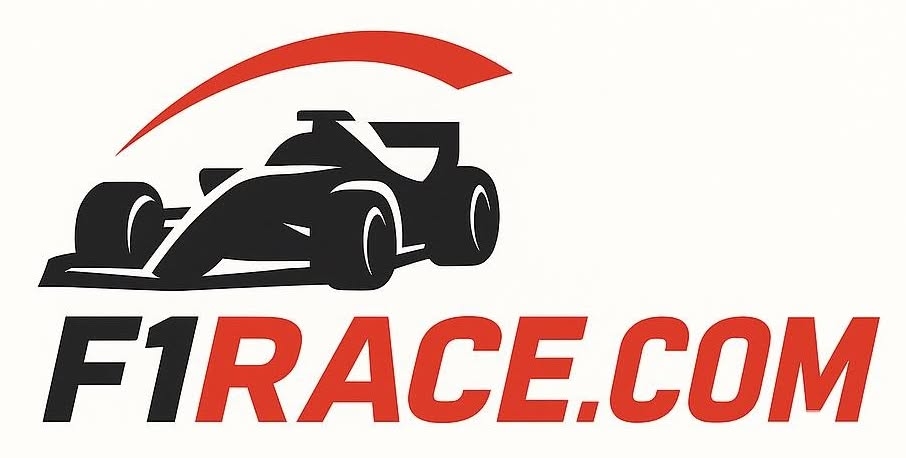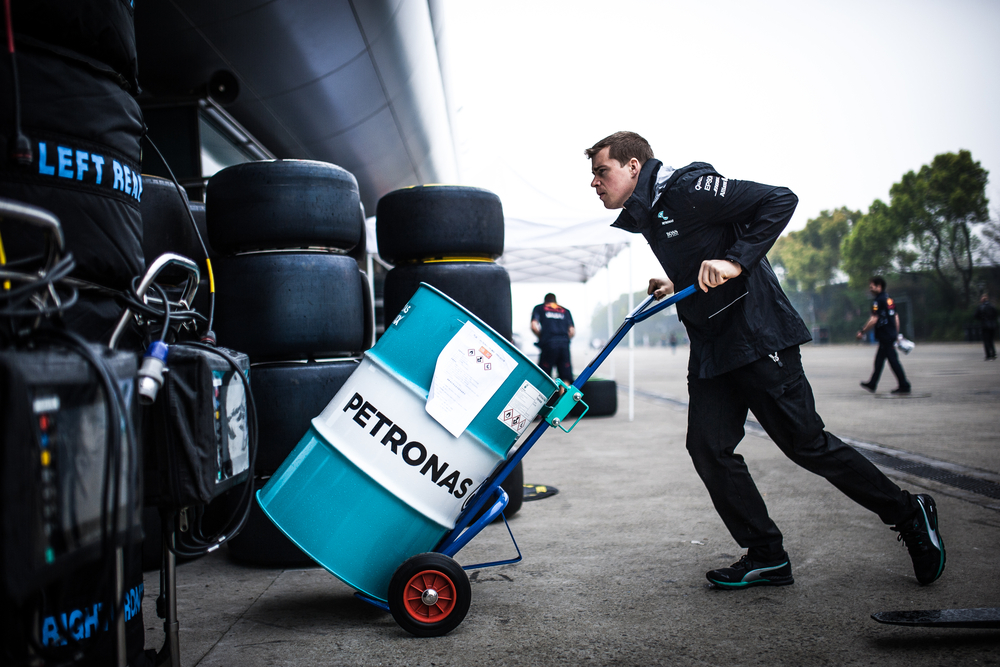🏎️ Fuel, Fast Laps, and Furious Penalties: Why F1’s Fuel Rules Are the Spiciest Drama on the Grid
Let’s be real: when most people think of Formula 1, they picture screaming engines, wild overtakes, and maybe Christian Horner’s latest meme-worthy radio message. But if you want to see where the REAL drama happens? Look at the fuel tanks. No, seriously. F1’s fuel regulations are like the secret sauce that keeps the sport spicy, unpredictable, and sometimes, downright savage.
- 🏎️ Fuel, Fast Laps, and Furious Penalties: Why F1’s Fuel Rules Are the Spiciest Drama on the Grid
- ⛽ The Fuel Limit: Why F1 Isn’t Just “Go Fast, Burn Gas”
- 🕵️♂️ How the FIA Catches Cheaters: Fuel Flow Sensors, AI, and Big Brother Vibes
- 🧃 The Penalties: When Fuel Drama Goes Nuclear
- 🏁 Famous Fuel Fails: When the Rules Changed Everything
- 1. Red Bull’s 2014 Australian GP Disaster
- 2. Racing Point’s 2020 “Pink Mercedes” Probe
- 3. Aston Martin’s 2021 Hungarian GP Heartbreak
- 🧑🔬 Engineering the Impossible: How Teams Push the Limits (Legally!)
- 🎙️ What the Drivers and Teams REALLY Think
- 🤳 The Buzz Online
- 🏆 Final Lap: Why Fuel Rules Matter More Than Ever
Today, I’m taking you on a wild ride through the world of F1 fuel rules: the limits, the high-tech monitoring, and the penalties that can turn a race winner into a meme faster than you can say “multi 21.” Buckle up, because this is the stuff that makes or breaks championships—and sometimes, friendships.
⛽ The Fuel Limit: Why F1 Isn’t Just “Go Fast, Burn Gas”
Back in the day, F1 cars were basically rocket ships with wheels. Teams would dump in as much fuel as they wanted, and drivers would just SEND IT. But as the world started caring about things like “the environment” and “not burning a million liters of fuel per race,” the FIA (that’s the sport’s governing body, for you newbies) started tightening the screws.
Current Rule (2025):
- Each car is allowed a maximum of 110 kilograms of fuel for the race.
- That’s it. No refueling mid-race (since 2010!), no sneaky top-ups, nada.
Why? It’s all about efficiency, baby. Teams have to balance speed with sipping fuel like it’s a €20 cocktail in Monaco. Go too hard, and you’ll be crawling to the finish. Go too slow, and you’ll be meme’d by Lando Norris on TikTok.
RTR Sports Marketing, June 12, 2024:
Modern regulations limit the amount of fuel each car can use during a race to 110Kg, making fuel management crucial. Teams now have to balance the delicate act of conserving fuel while maximising speed.
RTR Sports Marketing, June 12, 2024
🕵️♂️ How the FIA Catches Cheaters: Fuel Flow Sensors, AI, and Big Brother Vibes
Think you can outsmart the FIA? Think again. These guys are running a surveillance operation that would make your ex jealous.
The Tech:
- Fuel Flow Meter: Every car has a standardized, FIA-approved fuel flow sensor. It measures the rate at which fuel enters the engine—max 100kg/hour during the race.
- Telemetry: Real-time data is beamed straight to the FIA’s “Racewatch” system. If you even THINK about cheating, they’ll know before your engineer does.
- AI Monitoring: As of 2024, the FIA’s Racewatch platform uses AI to filter out false alerts and spot anomalies in fuel usage, track limits, and more.
Check out this deep dive into the FIA’s Racewatch system (seriously, it’s like CSI: Formula 1):
Paddock Insider, 2025:
With over 60 camera feeds, 300+ sensors, and a suite of automated tools, nothing escapes race control.
🧃 The Penalties: When Fuel Drama Goes Nuclear
So what happens if a team gets caught breaking the fuel rules? Spoiler: it’s not pretty.
The Big Three Fuel Crimes:
- Exceeding the Fuel Flow Limit:
- If the sensor detects more than 100kg/hour, you’re toast.
- Penalty: Disqualification from the race. (Ask Red Bull, they know the pain.)
- Using More Than 110kg of Fuel:
- If you finish the race with less than the required sample (1 liter for post-race testing), you’re out.
- Penalty: Disqualification. (Remember Ricciardo’s heartbreak in 2014? Still hurts.)
- Tampering with the Fuel Flow Sensor:
- FIA seals these sensors. If you mess with them, you’re basically asking for a paddock walk of shame.
- Penalty: Disqualification, fines, and possibly a Netflix documentary episode.
Williams F1 Team, 2024:
If a car is unable to provide a 1-litre fuel sample after the race, it will be excluded from the results.
🏁 Famous Fuel Fails: When the Rules Changed Everything
Let’s get juicy. Here are some legendary moments when fuel rules flipped the script:
1. Red Bull’s 2014 Australian GP Disaster
Daniel Ricciardo finished second—then got disqualified for exceeding the fuel flow limit. The team blamed a faulty sensor, the FIA said “rules are rules,” and Ricciardo’s home podium was gone. Ouch.
2. Racing Point’s 2020 “Pink Mercedes” Probe
Not strictly fuel, but the FIA’s tech police were all over Racing Point for copying Mercedes’ brake ducts. Shows how intense the scrutiny is—if you’re even a little sus, you’re getting called to the principal’s office.
3. Aston Martin’s 2021 Hungarian GP Heartbreak
Sebastian Vettel finished P2, but the car couldn’t provide the mandatory 1-liter fuel sample. Disqualified. The memes were savage, but the rules are the rules.
🧑🔬 Engineering the Impossible: How Teams Push the Limits (Legally!)
Here’s where the nerds (like me) get excited. Teams spend millions on fuel efficiency tech:
- Hybrid Power Units: The MGU-H and MGU-K recover energy, letting drivers go faster with less fuel.
- Lift and Coast: Drivers back off the throttle before corners to save fuel. It’s like hypermiling, but at 300 km/h.
- Fuel Blends: Teams work with fuel suppliers (Shell, Petronas, ExxonMobil, etc.) to create custom blends that squeeze out every last joule of energy.
And starting in 2026? F1 is going full eco-warrior with 100% sustainable fuels. That means carbon-neutral racing, and probably a lot of new headaches for engineers.
RTR Sports Marketing, June 12, 2024:
Starting in 2026, Formula 1 race cars will run on a completely sustainable fuel, developed through extensive research and testing with partner ARAMCO.
🚨 The 2025 and 2026 Rulebook: What’s New, What’s Next
The FIA isn’t messing around. The 2025 Sporting Regulations and the 2026 Power Unit Sporting Regulations are even stricter:
- Bigger Fines: Teams can be hit with massive financial penalties for breaches.
- Championship Points Deductions: If a manufacturer cheats, their teams can lose points. Imagine losing a title because your fuel guy got creative!
- Test Bench Restrictions: If you break the rules, you might lose precious engine development time.
Check out the official docs for the full legalese (if you’re into that):
🎙️ What the Drivers and Teams REALLY Think
You know the drivers have opinions. Here’s what they’ve said:
Lando Norris, 2024:
You’re always on the radio, asking ‘Can I push?’ and the engineer’s like, ‘Lift and coast, mate.’ It’s frustrating, but that’s the game now.
Toto Wolff, Mercedes Team Principal, 2025:
The FIA’s monitoring is so tight, you can’t even sneeze without them knowing. But it keeps things fair.
Sebastian Vettel, after Hungary 2021:
We lost a podium because of a fuel sample. It’s brutal, but the rules are clear.
🤳 The Buzz Online
Want to go deeper? Here’s where the F1 nerds (and meme lords) are talking fuel rules, penalties, and all the spicy drama:
- What is the FIA Racewatch system? F1 News (YouTube)
- Formula 1 Fuel Efficiency – RTR Sports Marketing
- 2025 Formula One Sporting Regulations (PDF)
- 2026 Formula 1 Power Unit Sporting Regulations (PDF)
- Williams F1: The Formula 1 rules that every new fan needs to know
- Do F1’s driving guidelines need a CHANGE after Max vs … (YouTube)
- @SkySportsF1 on X: Fuel Penalties Explained
- @f1engineering on Instagram: Fuel Flow Tech
🏆 Final Lap: Why Fuel Rules Matter More Than Ever
So next time you’re watching a race and the commentators start talking about “fuel management,” don’t zone out! That’s where championships are won and lost. The fuel rules aren’t just about saving the planet (though, yeah, that’s cool too)—they’re about making F1 the ultimate test of brains, bravery, and a little bit of luck.
And if you ever see a team get disqualified for a fuel violation? Just remember: in F1, the only thing more ruthless than the racing is the rulebook.











